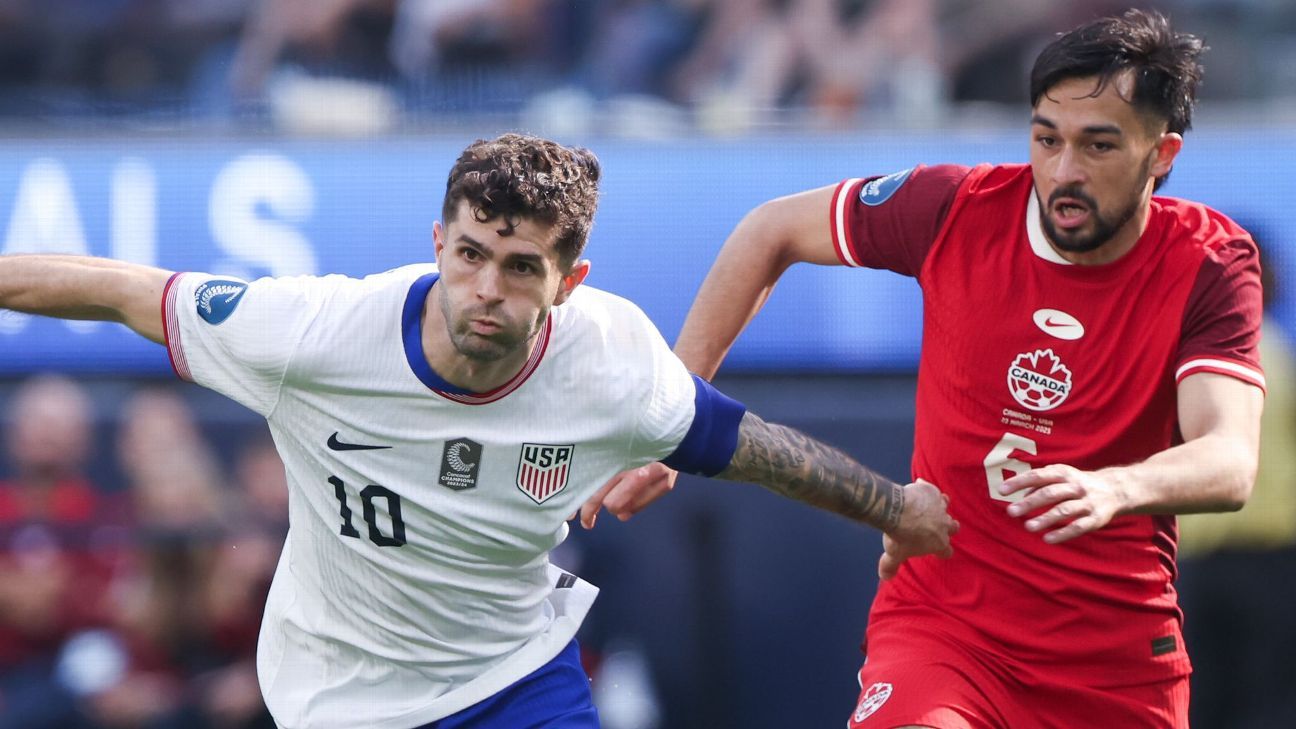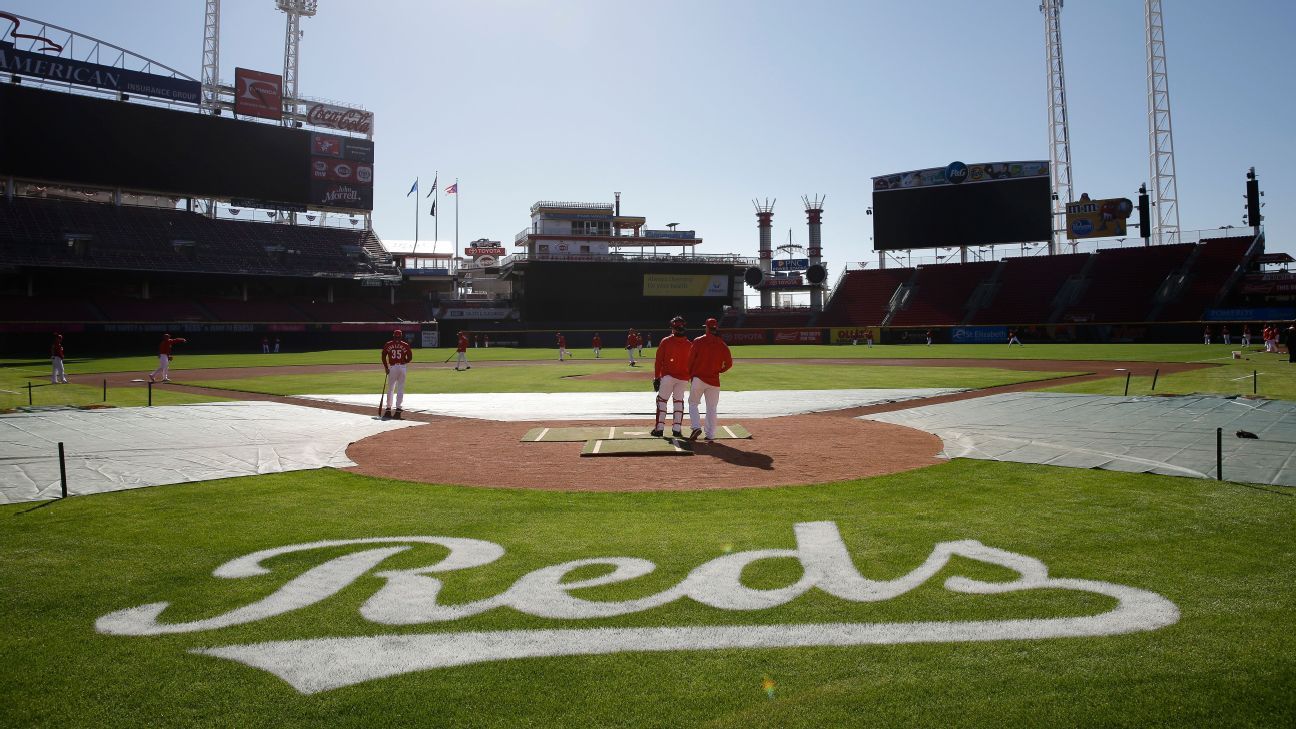
LOS ANGELES – Ten years ago at the 2013 Pac-12 Championship, Jon Rahm, then a freshman at Arizona State, thought he’d flagged a lob wedge at Los Angeles Country Club’s diminutive one-shotter, the par-3 15th hole.
“It landed a foot from the hole,” Rahm recalled, “and went long into the rough.”
Expect a similar script this weekend.
While No. 15 is listed at 125 yards on the official card for the 123rd U.S. Open, it is expected to weigh in at just 80 yards – or perhaps a couple yards shorter. That yardage would make it the shortest hole ever played in a U.S. Open. By comparison, Royal Troon’s famed eighth hole, nicknamed the Postage Stamp, plays around 120 yards for Open Championships.
“It will prove that par-3s don’t have to be 200 yards,” Rory McIlroy said of the hole, which is part of LACC’s five par-5s, two of which tip out at 284 yards or longer.
The par-3 11th can stretch to 290 yards, but in the eyes of some competitors, it’s got nothing on the pound-for pound punch of No. 15.
“I would argue that at 78 yards, stand there with a lob wedge in your hand and you're going to be a little bit more intimidated than with a 3-wood in your hand,” Matt Fitzpatrick said.
Added Max Homa: “I'm not going to sit up here and say I'm some architect buff by any means, but it's amazing when you look at this golf course. They have two of the longest par-3s that we'll play, and the coolest hole is 78 yards.”
And Scottie Scheffler: “It's really kind of a genius design.”
It’s unlikely No. 15 will draw unanimous praise this week, especially on Saturday. After all, the hole has had a mixed history, considered a masterpiece by some and an afterthought, or forced hole, by others. After George Thomas and Billy Bell redesigned the iconic layout in 1928, they added a bunker in the center of the green, much like the bunker Thomas installed on Riviera’s sixth green the year before. But that was short-lived, as the bunker was sodded over two years later.
“We think – and Geoff Shackelford did all the research on it – that they had the bunker in there and it was so unpopular that Thomas took it out,” said Gil Hanse, who led a 2010 restoration of LACC. “It was probably experimental. Either that, or one of the founders hit it in there.”
Hanse’s work on the hole didn’t restore the middle bunker, but it did re-do the three traps (front, wraparound back left and back right) around the boomerang-shaped green, returning the rugged, shark-toothed edges that Thomas was known for, as well as ramping back up the intensity of the center mound that splits the green into two sections. Much of the perimeter of the green is sloped in ways that funnel balls back toward the center of the green rather than off of the putting surface, and the hole length can span almost 50 yards, falling in line with the theme of variety that Thomas desired with his designs.
The half-wedge distance was used not only at the 2013 Pac-12s, but the Saturday singles session of the 2017 Walker Cup saw No. 15 play 78 yards. The shot of that day was hit by Will Zalatoris, who delivered a miraculous up-and-down par from behind the green to the front hole location that Shackelford still raves about.
“It’s honestly the coolest hole I’ve ever played,” said Zalatoris, who used the center bump to funnel his ball toward the cup, in Shackelford’s story for Golfweek in 2017.
Stewart Hagestad, an LACC member, bogeyed the hole at that Walker Cup.
“I don't love it [at that length],” Hagestad said. “It's downwind, you're landing on a downslope. This hole, there's a very good chance that this hole gets moaned about at some point if it gets really firm and like kind of a hotter, windier day. I would love to see them put it at like 85 yards to generate a little bit more speed and a little bit more height so the ball can stop and that you kind of avoid any controversy.”
Hanse argues that LACC reveals itself the more one studies it. “I love seeing when players have thoughtful study of the golf course and then they figure something out and the light bulb goes off,” Hanse said. And that’s especially true for No. 15.
So, how does one figure out this 78-yard challenge?
“It’s not a full club for those guys,” Hanse said. “You’ve got to be so precise to that yardage because short’s no good, long’s no good, you have to be in that bowl. It wouldn’t surprise me if some players try and play at the mound and let it spin down off it.”
Morikawa played out to the left during the Walker Cup and two-putted from 20 feet, a speedy putt that gets quicker the deeper the ball ends up on the green.
“You have like a yard and a half to land it if you want to hit a good shot,” Morikawa said. “If not, you've got to play left and hopefully hit a good putt. Yeah, it's frustrating because you can hit an OK shot and not get rewarded at all.”
Added Hagestad of the safe play: “You can be like 20-25 feet left, but then there's a very good chance you could leave it like 6 or 7 feet short or potentially even putt it off the green.”
Then there’s the right-brained play that Rickie Fowler shared with NBC Sports’ John Wood, where Fowler talked about “laying up” short right and chipping uphill for an easy par.
But what if one wants to be aggressive and attack the pin? Morikawa and Homa have some advice.
“I remember like you almost had to practice teeing it up with a 60-degree lob wedge like an inch off the ground, which you never do, and just trying to try and hit it perfect, because you had to with height, with spin,” Morikawa said. “It's only going to be that much more important this week if they do move it up.”
Added Homa: “You're going to have to spin the life out of it and hit your number.”
Homa remembers attending the Walker Cup with his mom and posting up that Saturday afternoon behind the 15th green.
“It was so fun watching everybody kind of make a mess of this little dinky hole,” Homa said. “I'm looking forward to the fans getting to enjoy that this week.”
No. 15: Short, sweet, and stressful. Just like the scriptwriters like it.















 Phone: (800) 737. 6040
Phone: (800) 737. 6040 Fax: (800) 825 5558
Fax: (800) 825 5558 Website:
Website:  Email:
Email: 






